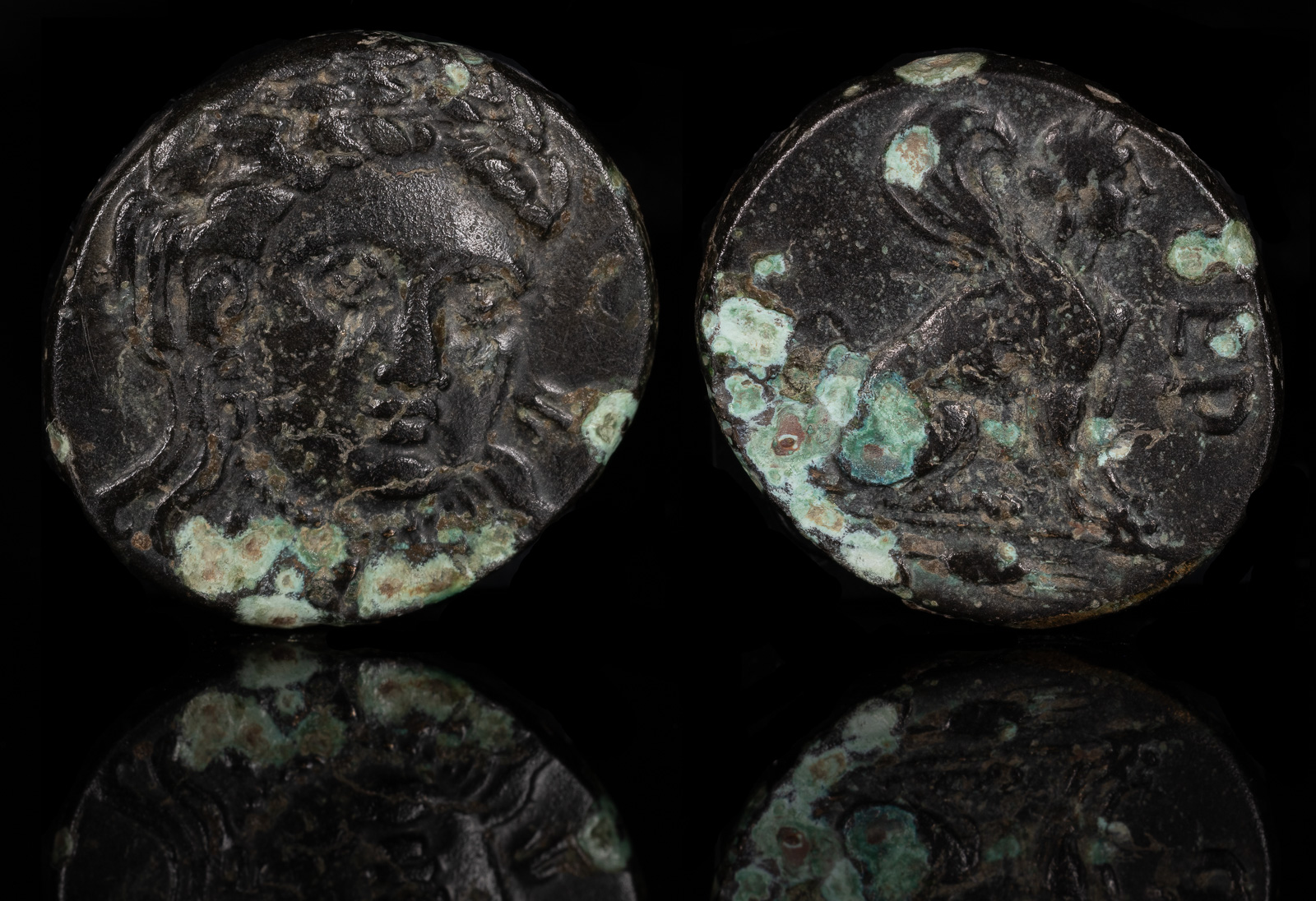Sibyl
View All Tags
In ancient Greek tradition, the most famous Sibyl was the Delphic Sibyl, who was believed to reside at the Oracle of Delphi, where she served as a divine prophetess alongside the priestess of Apollo. The Delphic Sibyl, like her counterparts, would enter into a trance-like state, often induced by the fumes from a chasm in the earth, and her utterances would be interpreted as divine prophecies. The words of the Sibyls were often cryptic and ambiguous, which added to their mystical allure and made them central to the interpretation of future events.
The role of the Sibyls expanded in the Roman period, where they were seen as prophetic figures who not only predicted future events but also served as advisors to kings and emperors. One of the most well-known Roman Sibyls was the Cumaean Sibyl, who lived in the city of Cumae in Italy. The Cumaean Sibyl was said to have possessed the power to prophesy the fate of Rome, including its rise and fall. According to legend, she offered her prophecies in a series of books, known as the Sibylline Books, which were consulted by Roman authorities during times of crisis, such as wars or natural disasters. The Sibylline Books were kept in the Temple of Jupiter in Rome and were considered crucial for guiding the state in its decisions.

Troas. Gergis
circa 400-300 BCE
Æ 17 mm, 3,63 g
Laureate head of the sibyl Herophile facing slightly right / ΓEP, Sphinx seated right.